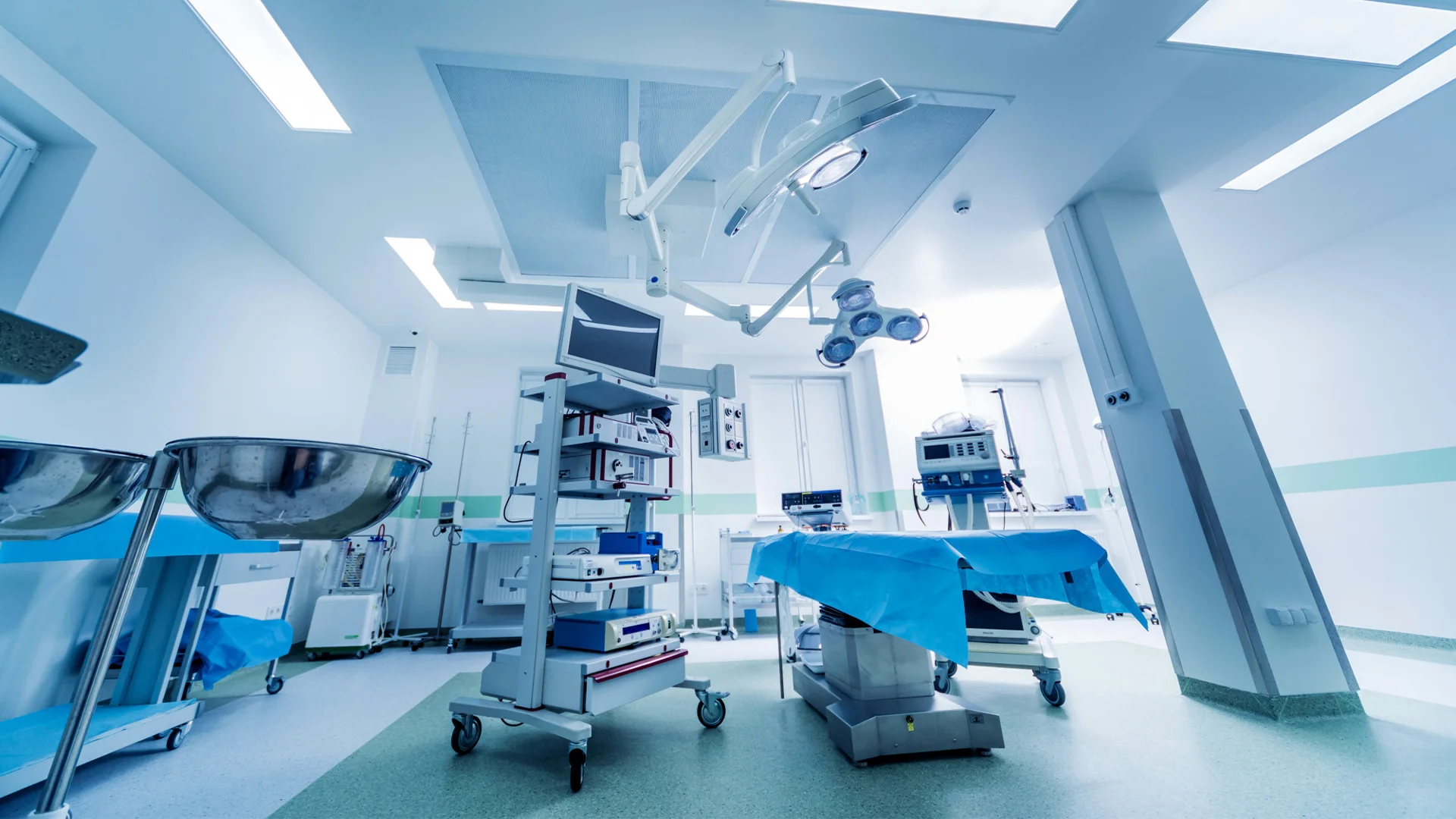Why Emergency Preparedness Is Critical for Hospitals?
When a natural disaster strikes, hospitals and medical centers are a lifeline for affected communities. However, without proper emergency planning, these facilities can experience power failures, structural damage, supply shortages, and communication breakdowns.
A robust preparedness strategy ensures:
- Uninterrupted patient care despite external challenges
- Staff safety and readiness during high-pressure situations
- Protection of critical infrastructure such as power, water, and medical supplies
- Compliance with regulatory standards like those set by FEMA and the CDC
If your hospital has experienced difficulties during past disasters, now is the time to reassess your emergency plans.
Strengthening Structural Resilience Against Extreme Weather
Hospitals must be built to withstand hurricanes, earthquakes, and severe storms. Reinforcing structural integrity can prevent significant damage and operational shutdowns.
Recommended Improvements:
- Installing impact-resistant windows and storm shutters
- Securing backup power sources like generators and solar panels
- Elevating critical equipment in flood-prone areas
- Retrofitting older buildings to meet current disaster-resistant standards
Enhancing Backup Power and Energy Resilience
Power outages can cripple hospital operations. An unreliable power system during a disaster puts patient lives at risk, especially those relying on ventilators, incubators, or other life-sustaining equipment.
How to Improve Energy Preparedness:
- Install redundant backup generators with automatic switching
- Maintain fuel reserves to keep generators running for extended periods
- Integrate solar power with battery storage for added resilience
- Regularly test backup systems to ensure functionality before disasters
Creating a Disaster Response Team and Training Staff
A well-trained staff can make a critical difference in disaster situations. Establishing a dedicated emergency response team ensures that everyone knows their roles and responsibilities when a crisis occurs.
Steps to Strengthen Staff Readiness:
- Develop and rehearse hospital-wide emergency drills
- Provide cross-training so staff can handle multiple roles if needed
- Establish clear communication protocols for emergency coordination
- Designate backup personnel in case key staff are unavailable
Even the best disaster plan is ineffective without proper staff training. If your facility needs help conducting emergency preparedness drills, we can assist in implementing realistic training scenarios.
Strengthening Supply Chain and Stockpiling Critical Resources
Supply chain disruptions can quickly escalate hospital crises. Medical centers should maintain surplus supplies to ensure continuous care during disasters.
Essential Stockpile Items:
- Extra medical oxygen and ventilators
- Backup medications and life-saving drugs
- Sufficient personal protective equipment (PPE)
- Portable water supplies and emergency food rations
Hospitals should also establish agreements with alternative suppliers in case regular supply chains break down. Need help building a reliable disaster supply inventory? Our experts can assist in supply chain management for emergency scenarios.
Improving Emergency Communication and Coordination
During a disaster, communication failures can delay life-saving decisions. Hospitals must have multiple redundant communication channels to stay connected.
Best Practices for Communication Resilience:
- Use satellite phones and emergency radio systems in case cell networks fail
- Develop real-time information-sharing networks with emergency responders
- Implement mass notification systems to alert staff and patients
- Regularly test communication protocols to ensure they work under stress
An effective communication plan can mean the difference between chaos and coordinated response. If your hospital lacks a reliable emergency communication system, we can help implement one.
Establishing Patient Evacuation and Shelter-in-Place Plans
Some disasters require hospital-wide evacuations, while others necessitate sheltering in place. Both situations require detailed planning.
How to Prepare for Evacuations and Shelter-in-Place Scenarios:
- Designate safe zones for patients during extreme weather events
- Develop transportation logistics for patient evacuations
- Establish alternative care locations if the hospital becomes inoperable
- Coordinate with local emergency responders for assistance
If your hospital lacks a well-defined evacuation plan, our team can create a customized strategy to ensure patient safety during disasters.
Conducting Regular Emergency Drills and After-Action Reviews
Preparedness is an ongoing process. Hospitals should regularly conduct emergency drills to evaluate readiness and refine response strategies.
Key Emergency Training Activities:
- Simulated disaster exercises for realistic crisis scenarios
- After-action reviews to assess performance and identify gaps
- Collaboration with local emergency services for joint response training
- Annual updates to emergency protocols based on recent disasters
Has your hospital conducted a full-scale emergency drill recently? If not, we can assist in designing and executing customized disaster training exercises.
Strengthen Your Hospital’s Disaster Preparedness Today
The ability to respond effectively to natural disasters is non-negotiable for hospitals and medical centers. Without a strong emergency preparedness plan, patient safety and hospital functionality are at risk.
Advanced Disaster Recovery Inc. specializes in hospital disaster preparedness consulting, helping healthcare facilities develop resilient infrastructure, power systems, emergency communication strategies, and evacuation plans.
Don’t wait for the next disaster to expose vulnerabilities in your emergency response. Contact us today to ensure your hospital is fully prepared for any crisis.











